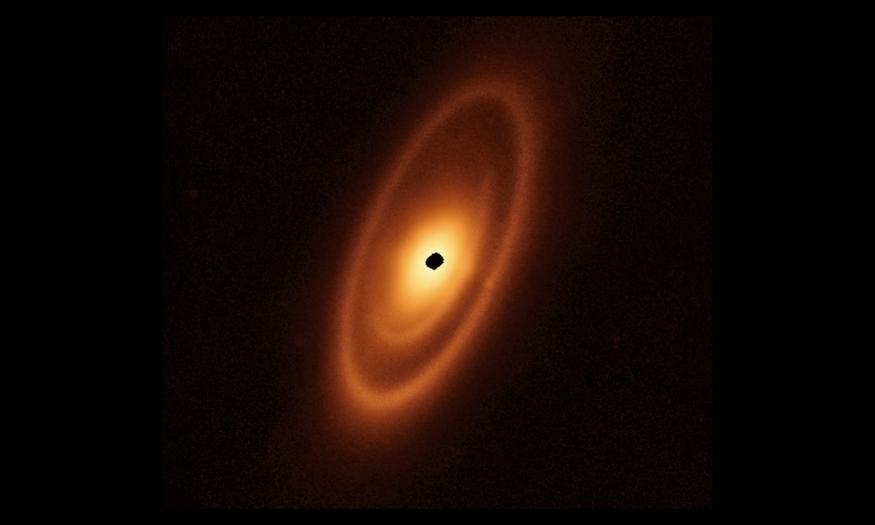JWST captures images of the first asteroid belts seen beyond the Solar System
One of the belts suggests the presence of undiscovered planets in the Fomalhaut system.
About 25 light years away from Earth lies Fomalhaut, one of the brightest stars in the night sky. The Fomalhaut system has captivated astronomers for decades, but it’s only now that we’re developing a better understanding of it thanks to the James Webb Space Telescope. In a study published in the journal Nature Astronomy on Monday, a group of scientists made up primarily of astronomers from the University of Arizona and NASA’s Jet Propulsion Laboratory say the Fomalhaut system is far more complex than previously thought.
Since 1983, astronomers have known the 440 million-year-old Fomalhaut is surrounded by dust and debris, but what they didn’t expect to find was three different debris fields surrounding the star. One of those, the closest to Fomalhaut, is similar to our solar system’s asteroid belt but far more expansive than expected. As the New Scientist explains, Fomalhaut’s inner asteroid belt stretches from about seven astronomical units from the star to about 80 astronomical units out. To put those numbers in perspective, that’s about 10 times broader of an inner asteroid belt than astronomers expected to find.

However, that’s not even the most interesting feature of the Fomalhaut system. Outside of Fomalhaut’s inner asteroid belt, there is a second debris belt that is tilted at 23 degrees from everything else in orbit of the star. “This is a truly unique aspect of the system,” András Gáspár, lead author on the study, told Science News. He added that the tilted belt could be the result of planets in orbit of Fomalhaut astronomers haven’t discovered yet.
“The belts around Fomalhaut are kind of a mystery novel: Where are the planets?” said George Rieke, one of the astronomers involved in the study. “I think it’s not a very big leap to say there’s probably a really interesting planetary system around the star.”
Yet out further out from Fomalhaut is an outer debris ring similar to our solar system’s Kuiper belt. It includes a feature Gáspár and his colleagues have named the Great Dust Cloud. It’s unclear if this feature is part of the Fomalhaut system or something shining from beyond it, but they suspect it was formed when two space rocks more than 400 miles wide collided with one another. According to Gáspár and company, there may be three or more planets about the size of Uranus and Neptune orbiting Fomalhaut. They’re now analyzing JWST images that may reveal the existence of those planetoids.

(25)
